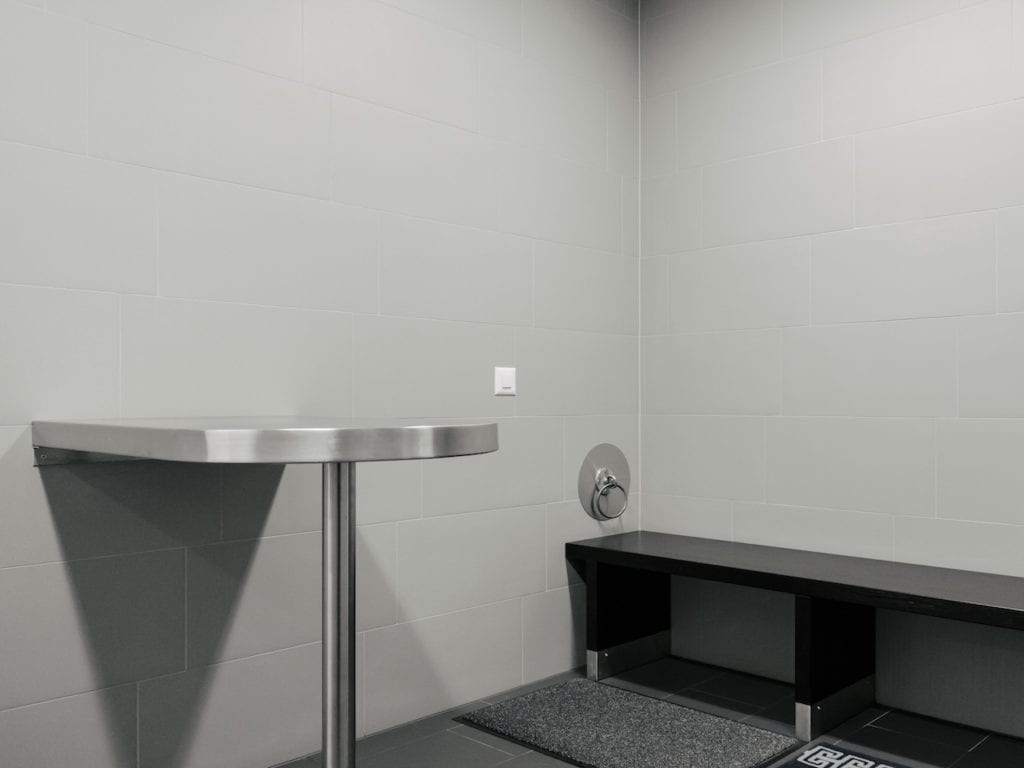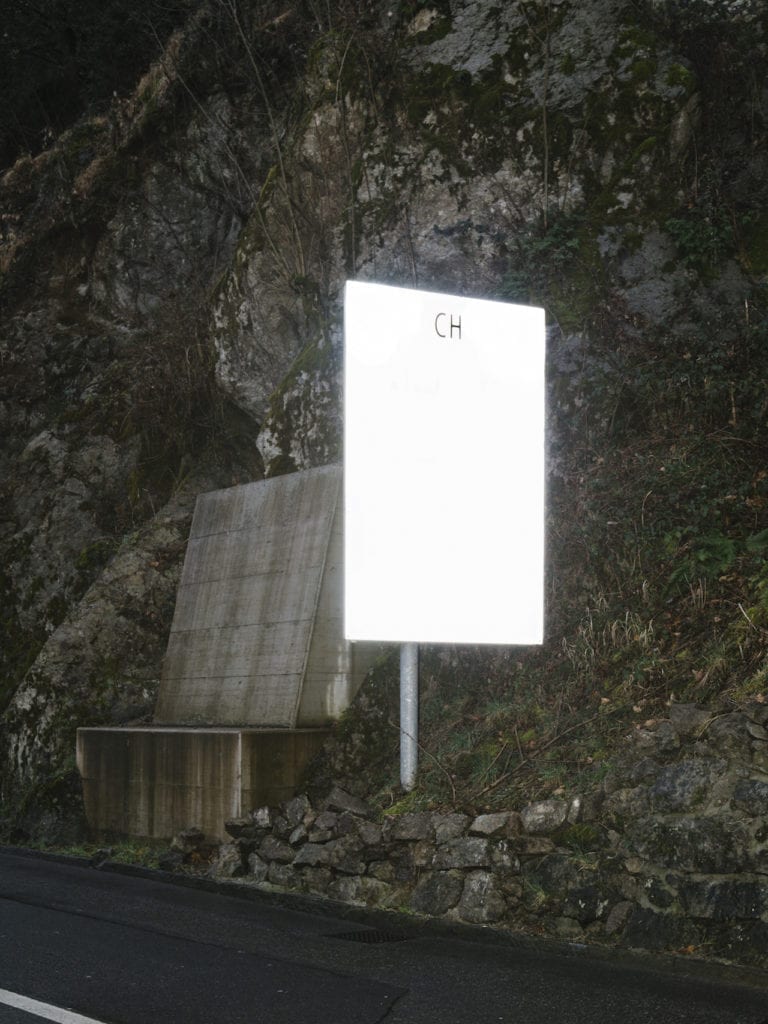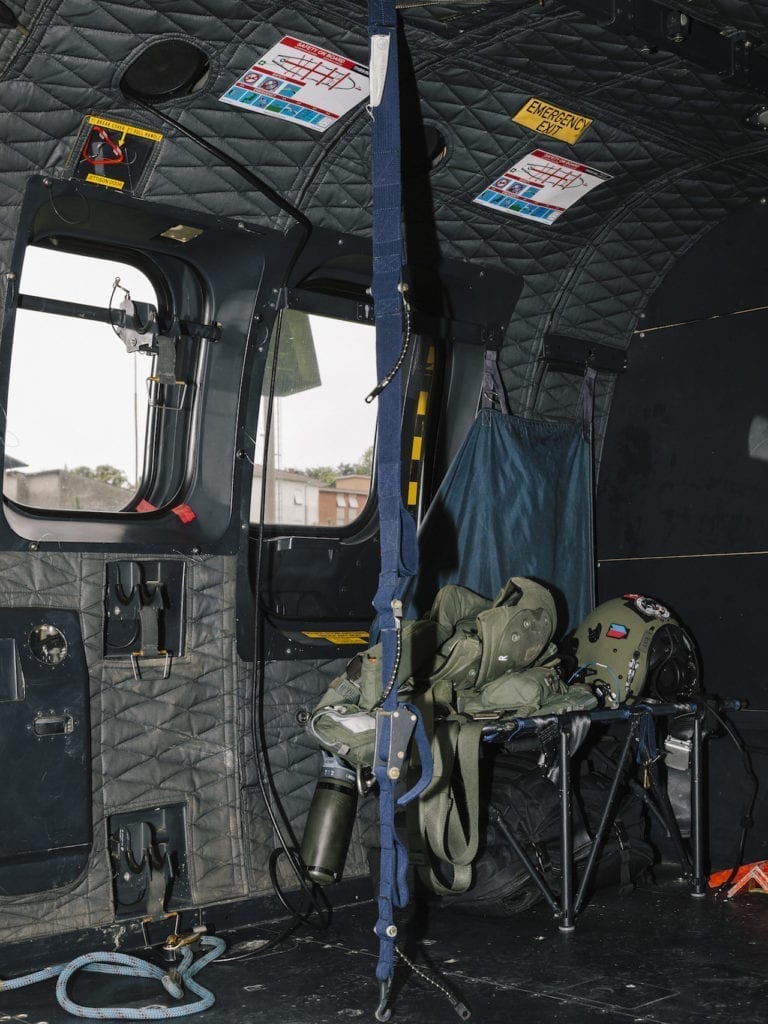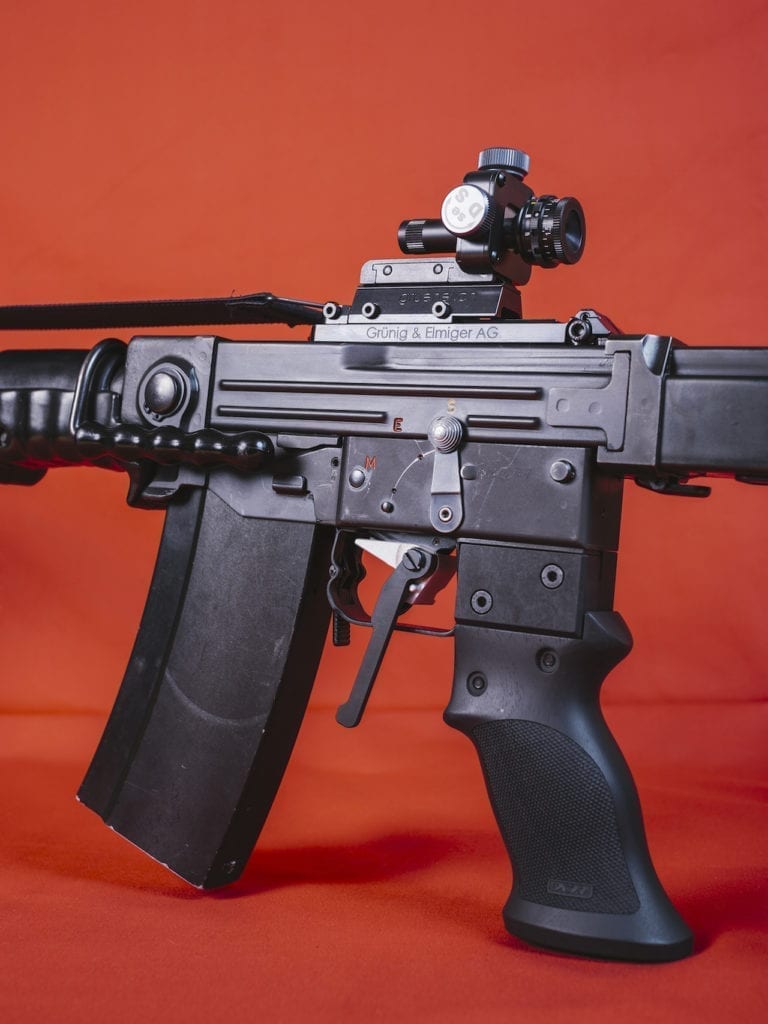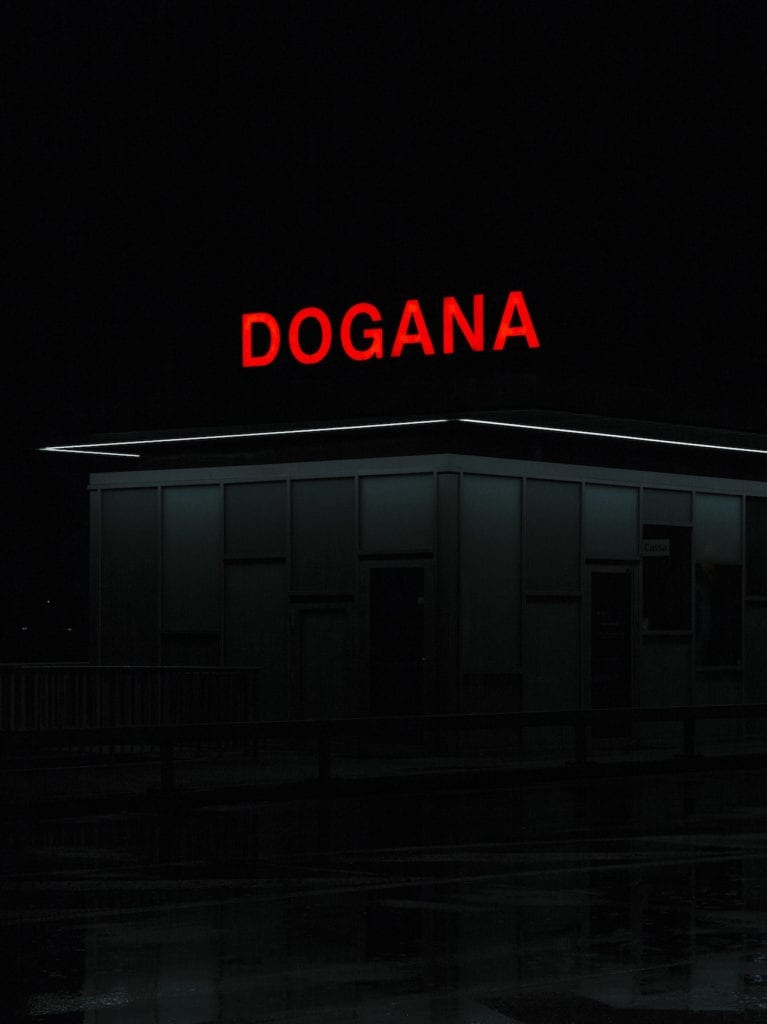How to secure a country investigates the abstract concepts of border and security in one of the most heavily armed countries in the world. It’s a striking, forensic series, and it won Salvatore Vitale the first prize in the PH Museum 2017 Grant.
Vitale started work on the project back in 2014, after Switzerland voted against mass immigration – resident in Switzerland for ten years, he was originally an immigrant from Italy. During his research, the word ‘security’ started to jump out, along with ‘border’ and ‘protection’ , he says, so he decided to try to visualise the concepts; it took him a whole year to get access to the security system, and when he did, “fate wanted it to be a border guard”.
His images are clean and often deliberately devoid of people, an aesthetic that deliberately suits the topic and the country. It’s “an aseptic, almost clinical language that is part of Swiss culture”, he says, adding: “I rarely show people, because it was more important for me to show the dynamics of how the system works. It was important for me to analyse something so abstract and make it visible.”
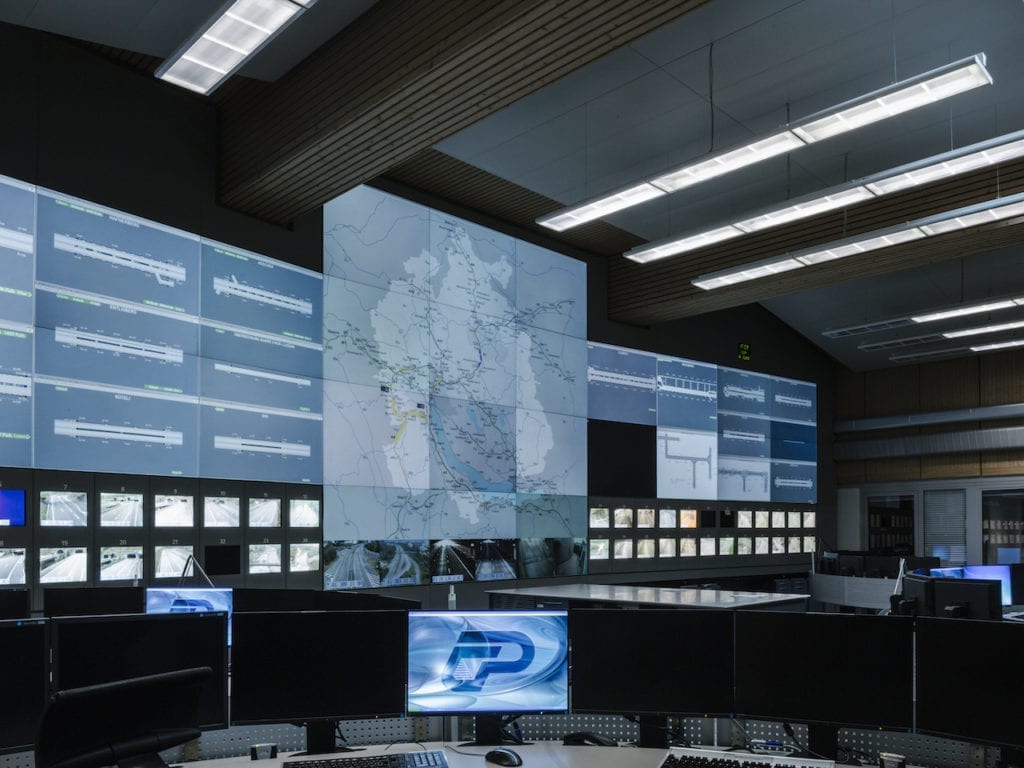
Swiss citizens trust their institutions, he says, and are willing to give them some of their privacy in return for feeling safe. “The Swiss system works well because it’s a chain, all based on procedures and protocols, and every link in the chain knows what’s happening first and what’s going to happen next,” he says. “The first level of security in Switzerland is the citizen, and this is possible because their civic sense is very high.”
For his ongoing project, Vitale also had to surrender some privacy, getting images slated for publication checked by third parties, but he’s philosophical about the control – pointing out that in other border checks, it’s people not photographs being vetoed. But he adds that in Switzerland, this system is so embedded it’s opening up a whole new industry, turning the country into “a paradise for storing data”.
“It’s a phenomenon that started years ago, but recently it’s very present,” he says. “On the one hand, infrastructures are available – the bunkers, for example, because each building has one by law. And on the other hand, culturally it fits, because Switzerland has built the image as the country with the most secure system in the world.”
To read more about the PH Museum 2017 Grant visit this BJP story, or the PH Museum website at https://phmuseum.com/. More of Salvatore Vitale’s work can be seen at www.salvatore-vitale.com
